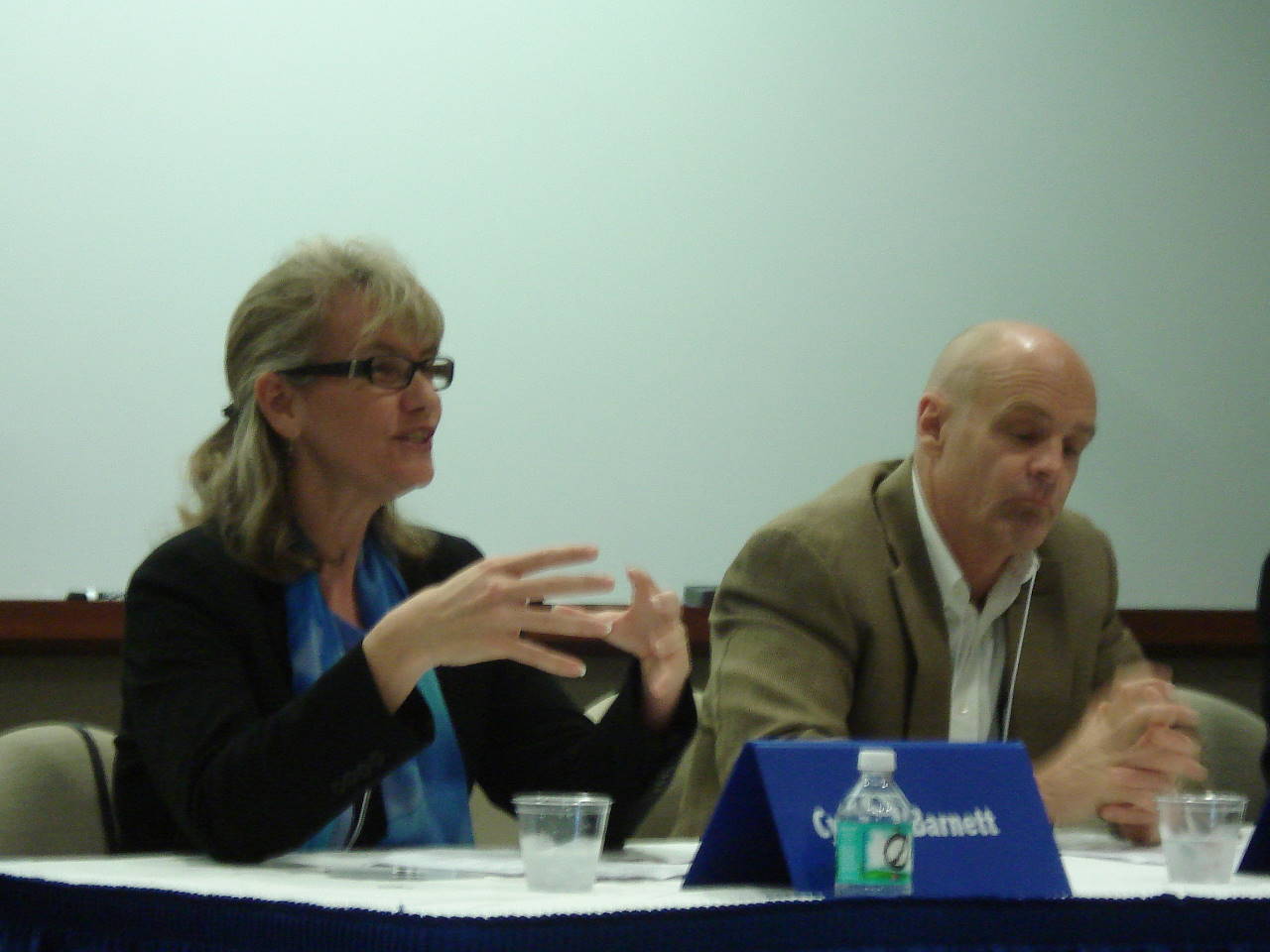A New York Times article, published today in the Environment section presents the risks of climate change and sea level rise on coastal communities where nearly 3.7 million live, more than half of them in Florida. The Southeast is predicted to be the most adversely affected in the U.S. because of low lying coastal areas. Residents of Florida’s densely packed coastlines will see impacts of increased and more frequent flooding and salt water water intrusion. Source: The New York Times online, March 14, 2012.
40 Years of Water Law in Florida
The 18th Annual Public Interest Environmental Conference is convening at the University of Florida Levin College of Law this weekend. The topic? Water in Florida. While emphasizing a retrospective of the laws designed to protect Florida’s water resources, panels have also included current topics of water quantity, water quality, water change, private and public ownership of water, and water resource advocacy. The history behind the 1972 Florida Water Resources Act was discussed by a lively panel made up of those who participated in creating and implementing the Act. Former members of three water management districts offered their insights into what went right, what went wrong, and what can be improved.
Other panels included Florida Waterkeepers, charged with keeping Florida’s waterways fishable, swimmable, and drinkable; a panel of writers who have published books on water led by Cynthia Barnett, the editorial consultant for this journalism water project; and a look at how climate change will affect water issues in the Florida. (Check out the water bottles on this photo of the writers’ panel!)
Carol Browner, a graduate of the UF law school and former administrator of the U.S. Environmental Protection Agency (1993-2001) delivered the keynote address at the Friday night banquet. In addition she found time during the day to meet with a small group of students at the Bob Graham Center for Public Service who expressed interested in environmental issues and politics.
The sessions will continue on Saturday with the conference wrapping up on Saturday afternoon. The closing plenary session focuses on protecting Florida’s water for the next forty years.
Afternoon on the Silver River
Although the sun rarely peeked from behind the gray clouds, the weather was otherwise pleasant and Hannah and I enjoyed exploring the Silver River on Tuesday with four of John Hare’s advanced placement science students from Vanguard High School in Ocala. Lest you think we were just lazing away the day, Hannah will be uploading some clips or stills soon to show how the four students were working diligently to take measurements of water quality at 16 of the 120 springs in the Silver River. We meandered down the river at no-wake speed noting limpkins, cormorants, and anhingas, and many other birds. We saw alligators and plenty of turtles trying to get warm in the afternoon haze. We steered around a research team of divers investigating the world below the surface. And what a surprise to happen on a troop of monkeys peering at us from high in the trees along the river bank. Seems as if an entrepreneur in 1929 wanted to enhance his “jungle river cruise” with some non-native wild animals, but, as Captain Connie Neumann told us, “he didn’t know monkeys could swim.” And now there are hundreds of them all over the Florida, some as far away as Jacksonville and Tampa. The river bottom was mostly covered by eel grass with only tiny patches of the beautiful blue-silver sand for which the river was named. We also had an informative tour of the Silver River Museum, a great storehouse of Florida history complete with mastodon skeleton and other prehistoric wonders, pictorial history of native people, historical items from early European settlers, and lots of information about the river over the centuries. Stay tuned for visuals!

